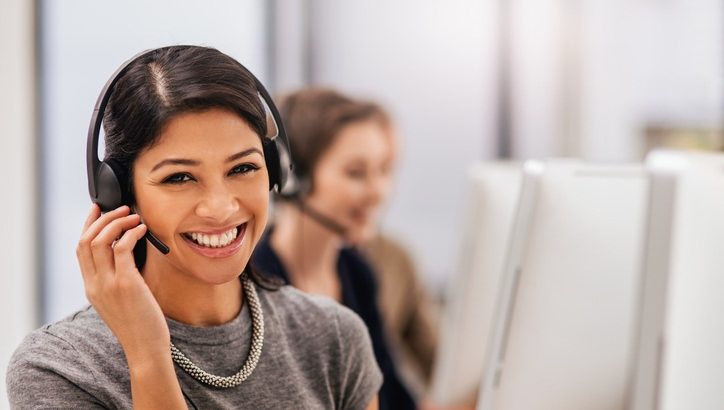The first answering service began in 1923. This service was first designed to answer calls for physicians. Answering a call for a doctor was critical because of the 24/7 needs of doctors. The need for after hours answering services is indispensable, especially during medical emergencies.
Modernly answering services are used in conjunction with the email, text or pager to contact doctors in cases of emergencies. The first pagers were put is used by the Detroit Police Department in 1921. In 1949 a patented pager was placed in use by the New York City Jewish Hospital. The pager was almost exclusively used for critical communication by first responders and those in the medical profession. In 1958 the pager was approved for public use by the FCC.
The answering service followed the development of telephone services. The answering services protocols have evolved from call centers, automated answering machines, and voicemail. However, the use of live after hours answering services are preferred and thriving. A real person supporting business services encourages business development.
A live telephone answering service assists a business not only in answering phones but to schedule appointments and create leads. Answering services are also cost-effective. There are various models that an answering service can function as, other than the live answering service:
- An automated telephone answering service can effectively serve sizable corporate offices. This system works as a directory by requiring callers to identify a number on their phones which connects with a specific corporate employee. While that reduces business expenses and rapidly satisfies complaints, prospective clients will prefer a live, personal connection.
- An answering service can act as a Virtual Receptionist. A Virtual Receptionist works typically at a remote office, which could be a home office. The business calls are responded to professionally using appropriate business protocols or a script similar to an in-house receptionist that has a working knowledge of the business and can schedule appointments.
- The traditional answering service answers a call and takes messages. Its primary responsibility is to assist a business by receiving information which may include complaints and answering questions about the company and transferring calls to business representatives.
- A custom telephone answering services have the responsibility to communicate specific business needs such as to allow effective communication between the internal and external business staff.
The basic function of an answering service is to help a business handle a high volume of telephone calls giving the callers deserved attention, help to maintain a flow of new leads to create new customers, help to safeguard urgent calls, and to schedule appointments to keep a continual flow of customers into the doors of the business.





